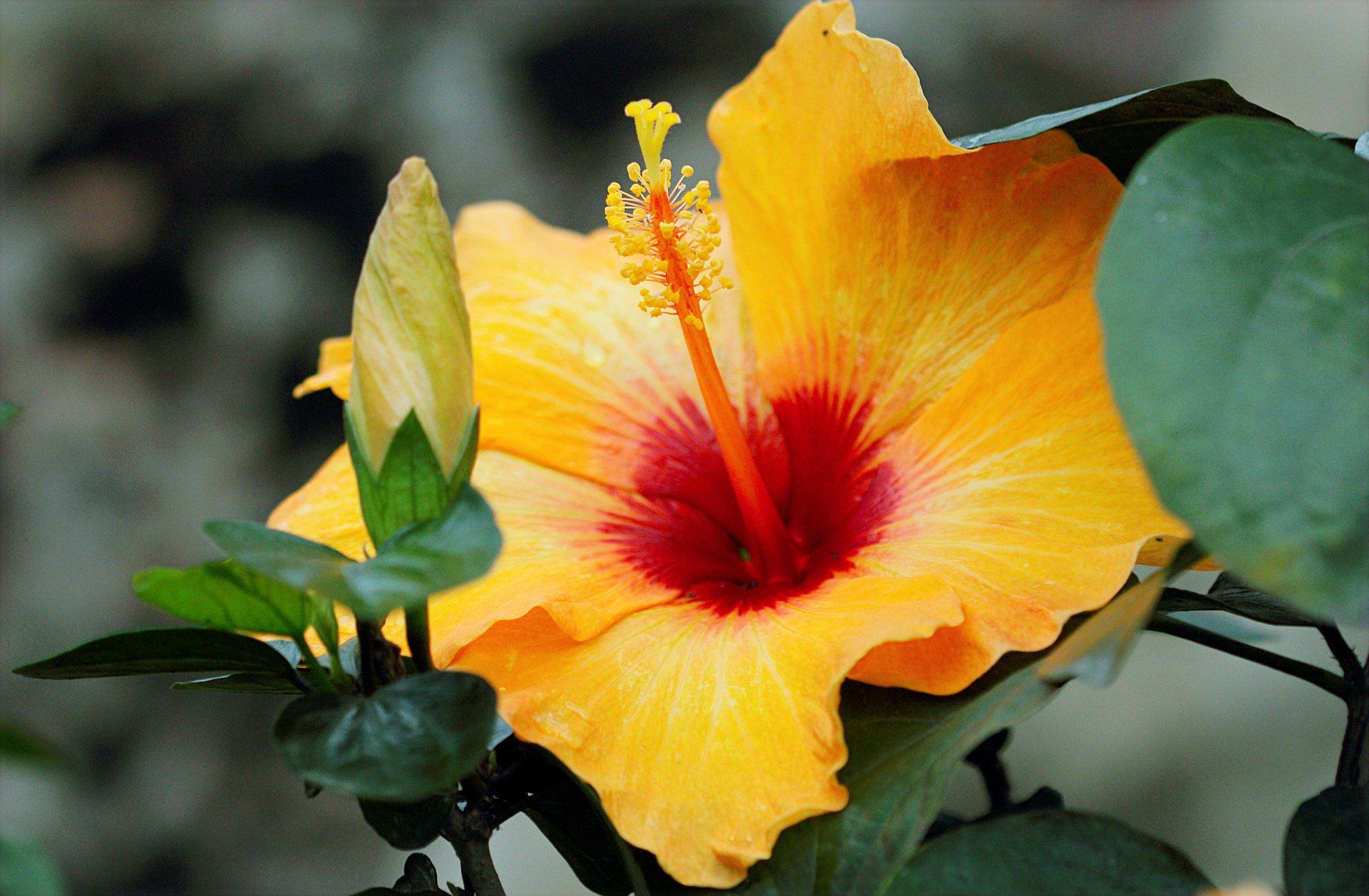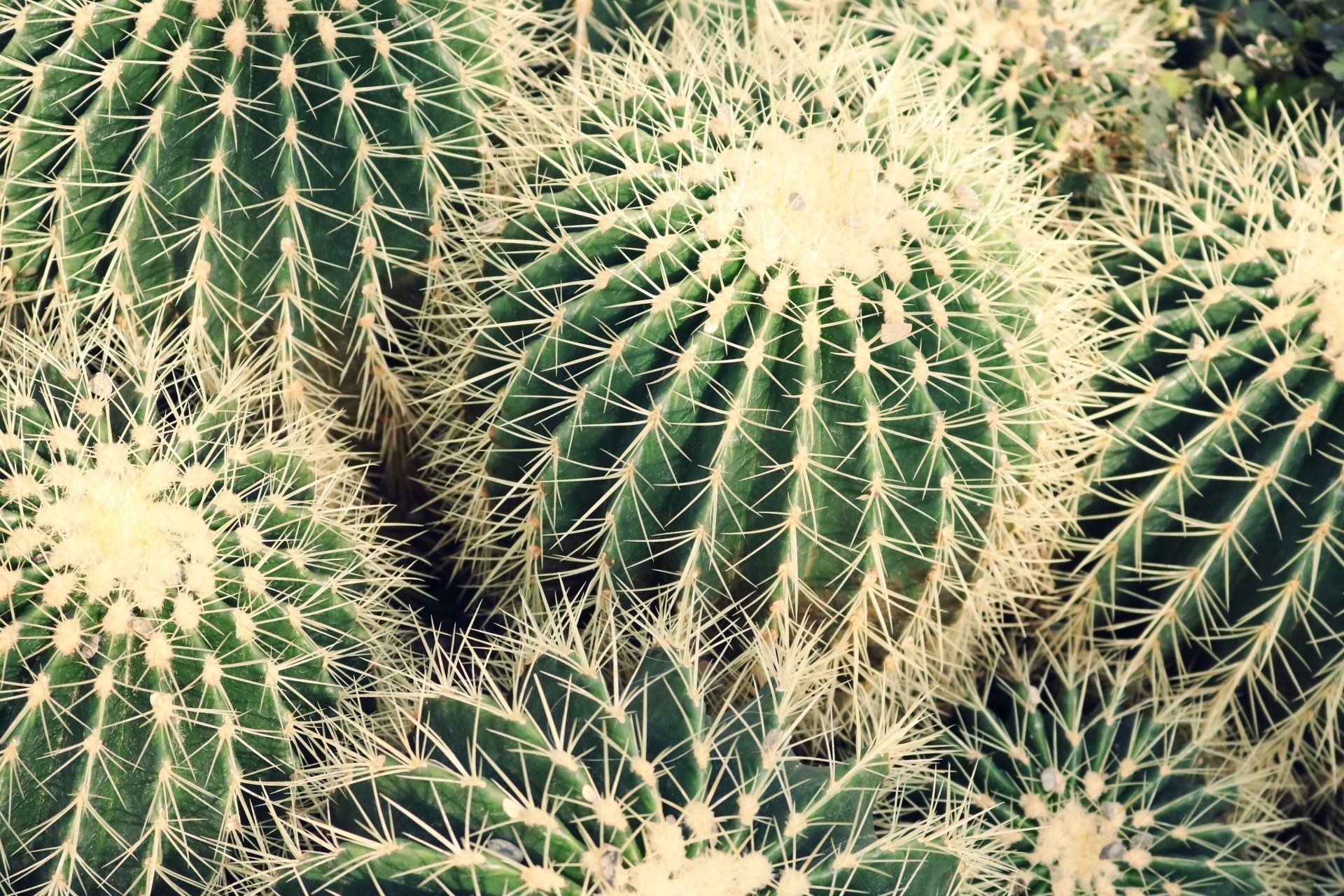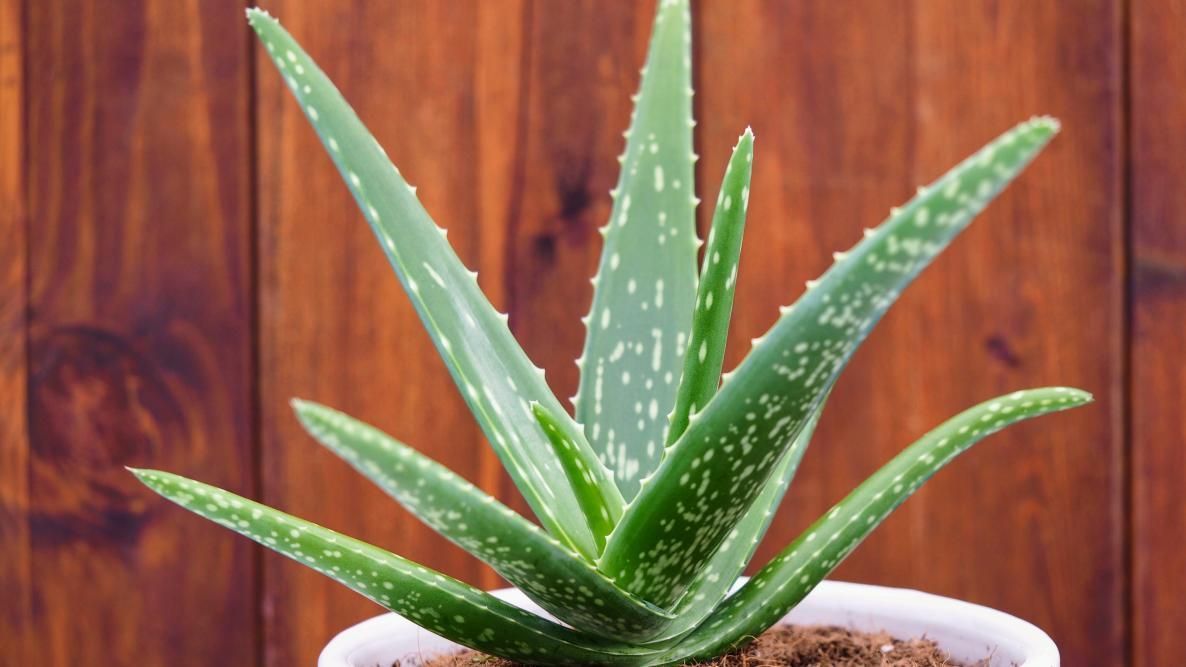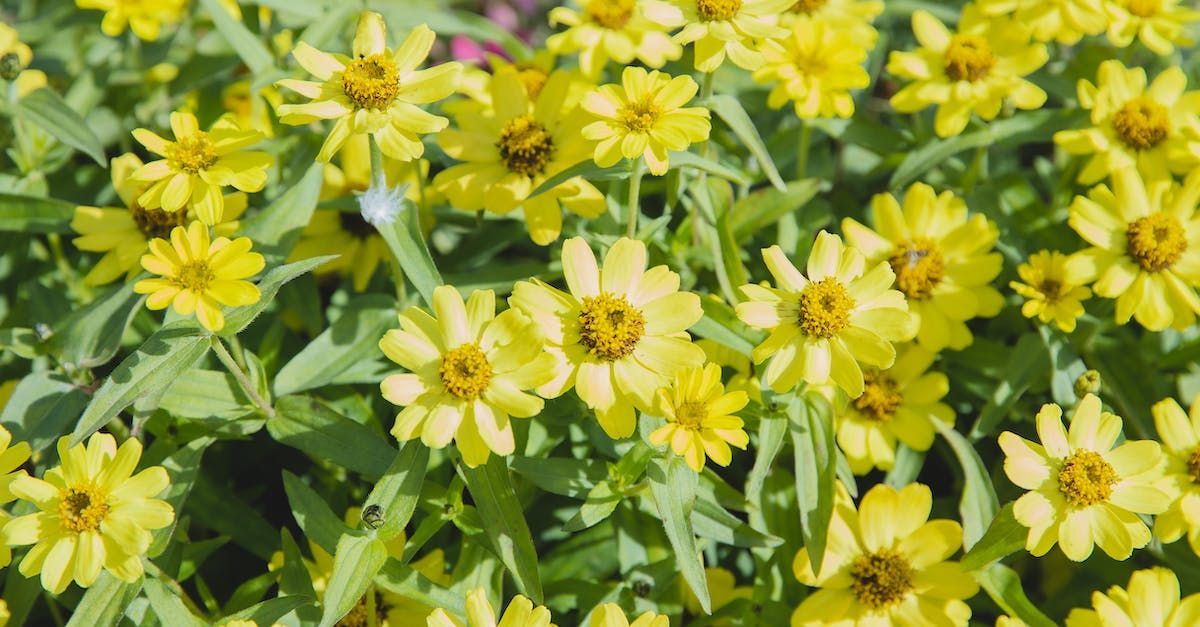Hydrangea Growing Guide
As spring finally awakens, there is no doubt that we will begin to see bursts of color throughout the landscape. While we are grateful for these spring flowers, we are also anxiously awaiting the return of one of our favorite blooms. The hydrangea, that graces us with its beauty all summer long will be making an appearance soon! So, what are the things we do to keep these beauties healthy and ready for bloom season?
Water
Hydrangeas should never dry out - especially during hot weather. Check your plant’s water needs regularly during the spring through summer, and water as needed.
Light
Depending on the variety, there are hydrangeas that grow well in whatever light conditions you have: full shade, partial shade and full sun. Most hydrangeas will grow well with 4-5 hours of sun and prefer morning sun to the hot afternoon sun.
Mulch
In an effort to preserve moisture to their shallow roots, hydrangeas should be mulched with 2-3 inches of shredded bark over their root zone.
Pruning
Pruning is primarily divided between 2 methods. It is imperative that you know the variety of your hydrangea so that it can be properly pruned. Pruning a hydrangea the wrong way may lead to the absence of flowers during the growing season.
Pruning Method One: Macrophylla, Oak Leaf & Serrata Hydrangeas
These types of hydrangeas typically bloom on ‘old wood’ – growth from the previous season. Flowers usually appear in June and July but the future season’s flower buds form on the stems during late summer & early fall. These hydrangeas should be pruned immediately after flowering so they can produce buds for the next season. Do not prune these hydrangeas in late fall, winter or spring.
Pruning Method Two: Arborescens and Paniculata Hydrangeas
The hydrangeas in this group flower on new wood – growth from the current season. Do not prune these hydrangea types in the late spring or summer since they are about to bloom on this year’s new growth. Pruning is typically done in early spring or late fall. However, spent blooms can be left on the plant in fall for winter interest. ‘Arborescens’ hydrangeas should be cut back 12”-18” from the ground in early spring to help prevent flopping during the upcoming season. ‘Panicales’ can be pruned to shape.
Exceptions
· All dead or broken branches and stems should be removed from the plant each year.
· If your hydrangea is outgrowing its space, it can be pruned, but that may mean forfeiting blooms for the short-term. It is always good to choose a hydrangea that can grow to its full size without needing to be pruned to fit the area.
· After 5+ years of age, one third of the living stems can be removed. This will revitalize the plant.
· ‘Deadheading’ spent flowers is not the same as ‘pruning’. It is okay to cut off spent blooms during the growing season for any type of hydrangea. However, be careful not to cut too much of the stem on macrophyllas and oakleaf varieties so buds will not be removed for the following year.
Endless Summer and other re-blooming varieties bloom on both ‘old’ and ‘new wood’.









